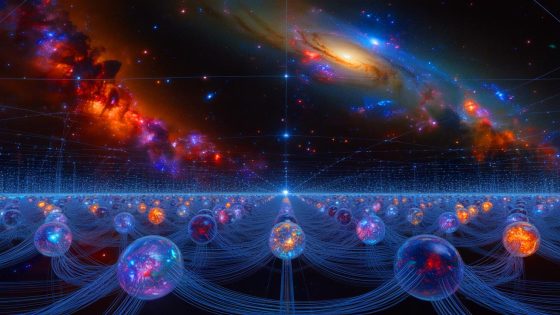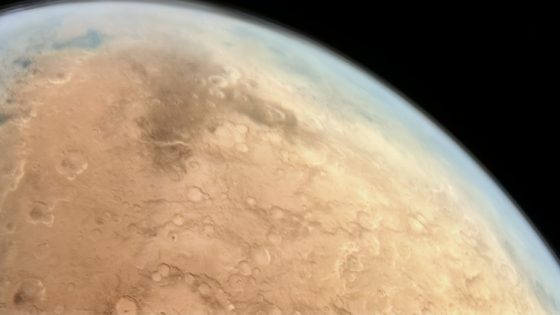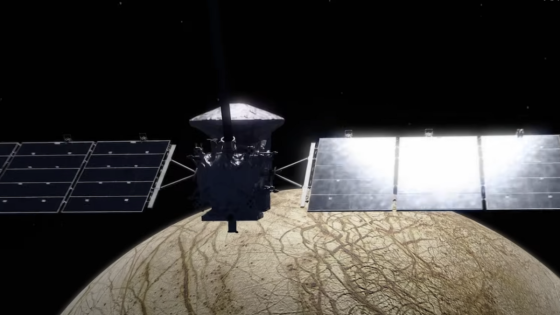Recent advancements in AI have transformed the field of astronomy, enabling scientists to classify cosmic objects with unprecedented speed and accuracy. On July 30, 2025, researchers in China unveiled a groundbreaking AI model that has already classified over 27 million celestial entities, marking a significant leap in our understanding of the universe.
- AI model classifies 27 million cosmic objects
- Dual-input approach enhances object differentiation
- Achieved 99.7% accuracy in classifications
- Addresses challenges of high-quality training data
- Promises rapid data processing for future surveys
- Potential to uncover new astronomical discoveries
This innovative tool utilizes both morphological features and spectral energy distribution to differentiate between stars, quasars, and galaxies, offering astronomers a powerful resource as future sky surveys prepare to observe billions of objects. How will this technology reshape our exploration of space?
The implications of this AI model are profound. As astronomers face an overwhelming influx of data, the ability to quickly and accurately process this information is crucial. Consider these key points:
- The AI model achieved a 99.7% accuracy rate in classifying celestial bodies.
- It can identify and correct past classification errors, improving existing databases.
- This advancement allows for the discovery of rare stars and distant quasars.
- Future enhancements aim to improve performance with fainter objects.
As we continue to harness the power of artificial intelligence, the future of space exploration looks promising. Will this technology lead to unprecedented discoveries in our quest to understand the cosmos?

































